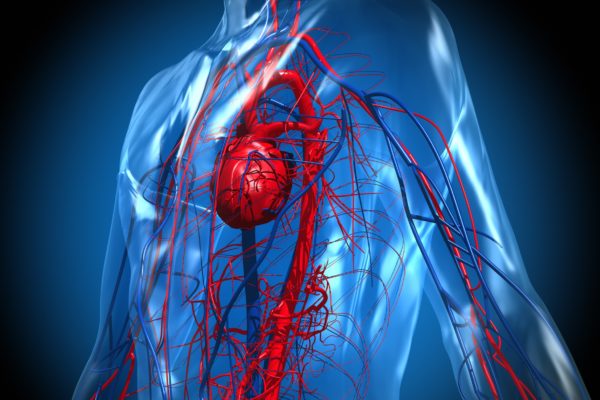
Cancer.gov
Polyposis is a hereditary condition that causes polyps to grow in the colon. Polyps are non-malignant cellular growths on the intestinal mucosa. Polyps are most common in the colon and rectum, but they can also occur in the duodenum or stomach. They can vary in size and may be pro-cancerous.
There are several forms of polyposis, but the most common type is adenomatous polyposis. Affected patients can have more than a hundred polyps – or adenomas – in their colon and rectum.
Adenomatous polyposis can be divided into three sub-categories:
FAP accounts for around 1% of all cases and is also known as classical adenomatous polyposis. The onset of this disease occurs at a between 10 and 30 years of age. The first polyps usually manifest in the rectum, and as the disease progresses, polyps can populate the entire lower intestinal tract. The other adenomatous polyposis subtypes (AFAP and MAP) do not cause the same rate of polyp growth. AFAP and MAP generally manifest at a later age but are much more widespread from the onset.
The vast majority of patients presenting with polys are asymptomatic. It is only when there are many polyps that symptoms occur. Symptoms may include
Occasionally, additional symptoms that do not present in the gastrointestinal tract may occur. Among these are pigment accumulations in the retina, cysts and polyps in the stomach and non-malignant ulcers.
All forms of adenomatous polyposis are familial diseases. This means that the disease is passed on from parent to child. In case of FAP and AFAP, the genetic defect is caused by a mutation of the APC gene, which causes cells to multiply at an increased rate. The most common FAP mutation occurs at the chromosome 5q21 gene. 90% of individuals with this mutation will suffer from the disease by the time they reach 30. Without regular surveillance, most patients will develop colorectal cancer before they turn 40.
Patients with the MAP disease have a mutation in the MUTY gene. This can ultimately lead to the development of cancerous growths. As this gene is autosomal recessive, people can only get MAP when both parents pass on a faulty chromosome.
When a GP suspects polyposis in a patient, they will perform a physical examination and subsequently refer the patient to a specialist. Further investigation usually involves visualisation of the bowel, or a colonoscopy. This involves the insertion of a small camera via the rectum. Patients over the age of 60 who have more than 10 polyps may have a familial type of the disease, which may require genetic testing. If a familial disease is identified, other relatives may be offered genetic counselling on the disease.
To improve early detection of polyposis, individuals deemed at risk may be offered bowel screening. This aims to improve the rates of diagnosis and to prevent the development of progressive disease. Without this screening programme, there is a 90% chance that theese patients will go on to develop colorectal cancer.
In case of FAP, screening is offered from the age of around 10 and usually involve a sigmoidoscopy: an examination that focuses on the lower part of the colon and the rectum. As the patient grows older, a full scope of the colon known as a colonoscopy may be offered.
Since polyposis presents at a later age in people with AFAP of MAP, they are offered a screening colonoscopy twice a year from the age of around 18. From the age of 25 a gastroduodenoscopy is offered to these patients, which involves visualising the stomach and duodenum.
When polyps are found during these checks, they can usually be removed for further testing in a laboratory. If colon cancer is identified, patients are treated in the same manner as other colon cancer patients.
In the case of FAP, the number of polyps can be so great that it can be difficult to ascertain if malignant polyps are present. In these severe cases, removal of the colon (colectomy) and rectum (proctocolectomy) can be offered which will result in the patient having a colostomy and stoma.





